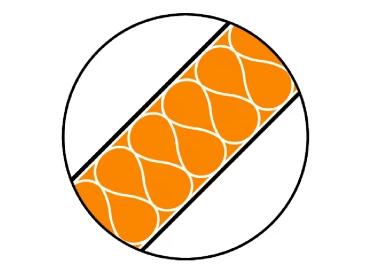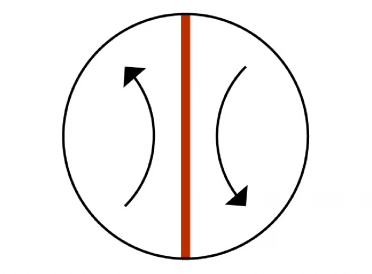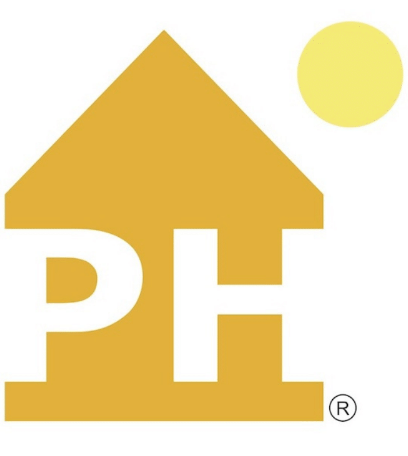CERTIFIED PASSIVE HOUSE ARCHITECT
Tight House provides certified passive house architecture and consulting services throughout Essex County, New Jersey, creating homes that meet the highest standards of energy efficiency, comfort, and sustainability. As a certified passive house consultant, our principal architect specializes in designing airtight, highly insulated, and meticulously ventilated homes that drastically reduce energy consumption while enhancing indoor air quality and year-round comfort. From initial design through to construction, Tight House guides clients through each step of the passive house process, delivering homes that are as eco-friendly as they are beautifully crafted, making sustainable living accessible and inspiring.
WHAT IS A PASSIVE HOUSE?
Passive building is a set of design principles for attaining a rigorous level of energy efficiency (up to a 90% reduction in energy costs) while also creating comfortable indoor living spaces. Passive house design principles can be applied to new construction and retrofit for existing structures.
Continuous Insulation
A continuous layer of insulation wraps Passive House buildings, keeping them warm in the winter and cool in the summer. Passive House designers also harness this insulative layer to prevent condensation inside the building and its assemblies.
Airtight Construction
A Passive House building’s airtight layer is like a windbreaker, stopping air from penetrating to the inside. Establishing this unbroken air barrier is central to Passive House performance and durability. In design, we do the “red pencil test” to check that an air barrier line can be drawn around each cross-section of the building without the pencil ever leaving the paper. In the field, this air barrier is built through a combination of sheet membranes, fluid-applied membranes, tapes, and sealants that transition without interruption between components of the building envelope. Airtightness is verified with a blower door test, a key measure of performance and construction quality.
High Performance Windows
With each window and door opening we make in a Passive House building, we are essentially punching a hole through an advanced wall assembly and its airtight, weather-resistant, and insulative layers. So, the performance of the windows and doors that go into those holes, and how well we tie them into the surrounding wall assembly, is mission-critical to maintaining the integrity of the Passive House building envelope.
Thermal Bridge Free Detailing
A thermal bridge is any building element that allows heat or cool to bypass a building’s thermal barrier. It’s like a hidden thief of thermal energy, undermining performance and durability. For example: a concrete floor that continues from inside to outside; a poor window frame; or a steel beam that penetrates an exterior wall. We eliminate thermal bridges by introducing thermal breaks into those assemblies—gaps or insulative elements that stop the flow of thermal energy through an assembly.
Fresh Air with Heat Recovery
The delivery of filtered fresh air with heat recovery helps make Passive House buildings havens of clean air and energy efficiency. HRVs (heat recovery ventilators) and ERVs (energy recovery ventilators) are “balanced ventilation” components that supply a continuous stream of fresh air to living spaces while simultaneously extracting stale air, odors, and indoor pollutants from kitchens and bathrooms. Inside these devices, a heat exchanger—a honeycomb of straws that creates a very large surface area between air streams—allows heat energy in the outgoing air to passively transfer to and warm the incoming air without the two airstreams ever mixing. (In the summertime, the opposite happens, with cool outgoing air cooling the incoming air.) Filters in the unit remove pollen and pollutants, with pre-filters available to protect indoor air from intense outdoor pollution events.
The Passive House approach empowers us to build better. It creates durable, resilient buildings that slash heating energy use by as much as 90% and dramatically reduce operational carbon emissions. Passive House design tools and methods make these energy performance gains both cost-effective and predictable. You know what performance to expect with a certified Passive House. Most importantly, Passive House buildings create healthy, comfortable, and quiet interior environments, full of clean, filtered fresh air.
Ready to create a sustainable, energy efficient home? Contact Tight House today for Passive House architecture and design services in Maplewood, NJ and throughout New Jersey. Let’s bring your vision to life with a home built for comfort and sustainability.
CERTIFIED PASSIVE HOUSE CONSULTANT
The principal architect of Tight House, Rahul Shah, is a Certified Passive House Consultant (CPHC). Rahul is an experienced professional trained formally and in the field in energy-efficient building design known as Passive House. He has optimized designs for low energy consumption, high comfort, and sustainability. CPHCs undergo specialized training and certification from the Passive House Institute of the United States. This expertise helps achieve stringent energy performance goals and promotes environmentally-friendly construction practices.





